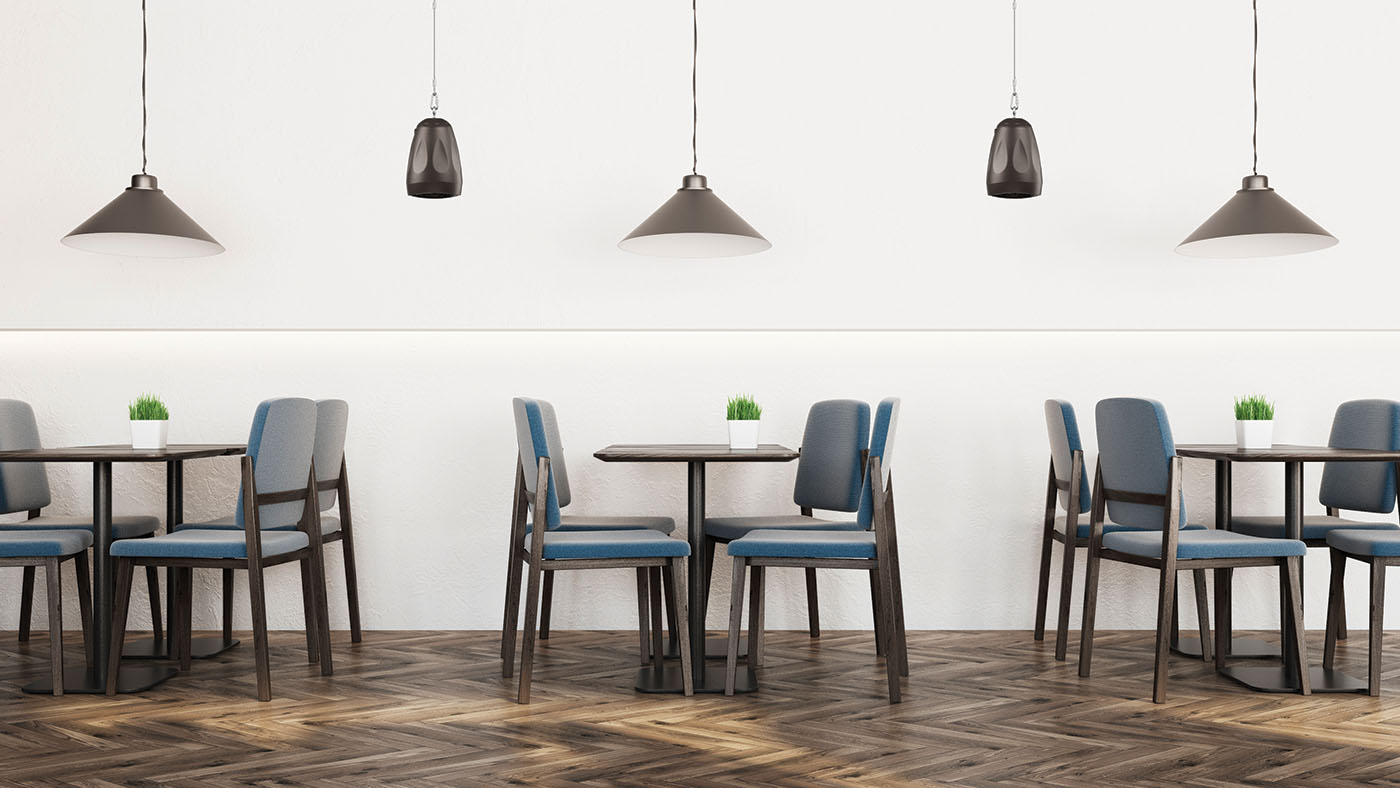Enhancing Security and Surveillance Effectiveness Via Strategic Surveillance Camera Placement in Commercial Settings
Enhancing Security and Surveillance Effectiveness Via Strategic Surveillance Camera Placement in Commercial Settings
Blog Article
In current shopping settings, security is a top priority for retail proprietors and supervisors. One efficient method to enhance safety and monitoring is through the tactical placement of security video cameras. Such devices not only help deter shoplifting and vandalism but also provide crucial proof in case of incidents. By recognizing the optimal locations for camera installation, retailers can enhance their effectiveness and foster a more secure retail environment for customers and employees alike.
The initial step in effective camera placement is to locate vulnerable areas within the retail space. Such locations often include entrances and exit points, checkout counters, and aisles where expensive items are showcased. By placing surveillance devices in such areas, store owners can observe customer behavior and detect suspicious conduct. Additionally, cameras at entrances can capture footage of people entering and leaving the retail space, which is essential for identifying potential thieves. This proactive approach helps in minimizing theft and guaranteeing a secure atmosphere.
A further key consideration is the type of camera used in the retail space. Various types of cameras fulfill different purposes. For instance, dome surveillance cameras are often used for indoor monitoring because they are less noticeable and can monitor a wide area. On the other hand, bullet cameras are ideal for external application, as they are much conspicuous and can deter criminal behavior. Retailers should assess their particular requirements and select the appropriate surveillance device models to guarantee comprehensive monitoring of the store.
In addition to surveillance camera types, the angle and height at which cameras are installed play a significant part in their efficacy. Surveillance devices should be positioned at a height that allows for unobstructed viewing of faces and activities without being easily manipulated with. A typical suggestion is see page to mount cameras at least eight to 10 ft off the floor. Furthermore, cameras should be angled to monitor as much area as possible while preventing areas without coverage. This strategic placement ensures that all zones of the retail space are monitored, providing a complete perspective of shopper interactions and potential safety threats.
Ultimately, it is crucial for store owners to consistently assess and service their monitoring systems. This includes inspecting surveillance device performance, ensuring that footage are clear, and updating programs as required. Regular maintenance helps to avoid mechanical problems that could compromise safety. Additionally, store owners should analyze footage regularly to spot patterns in customer actions and potential safety risks. By staying proactive and attentive to their monitoring systems, retailers can establish a more secure shopping atmosphere and safeguard their assets effectively.